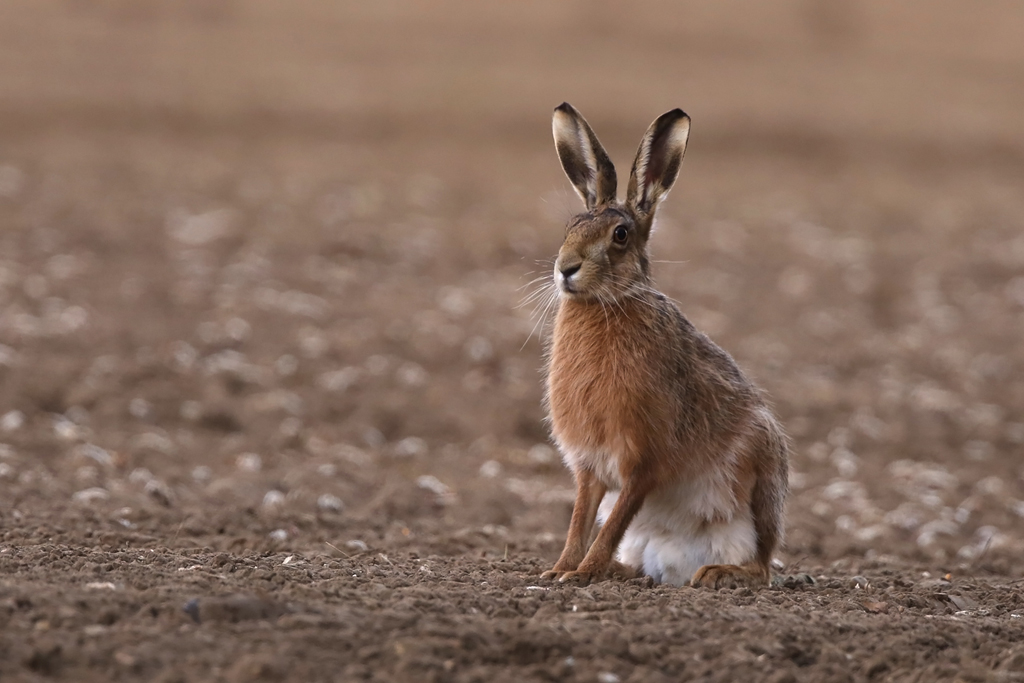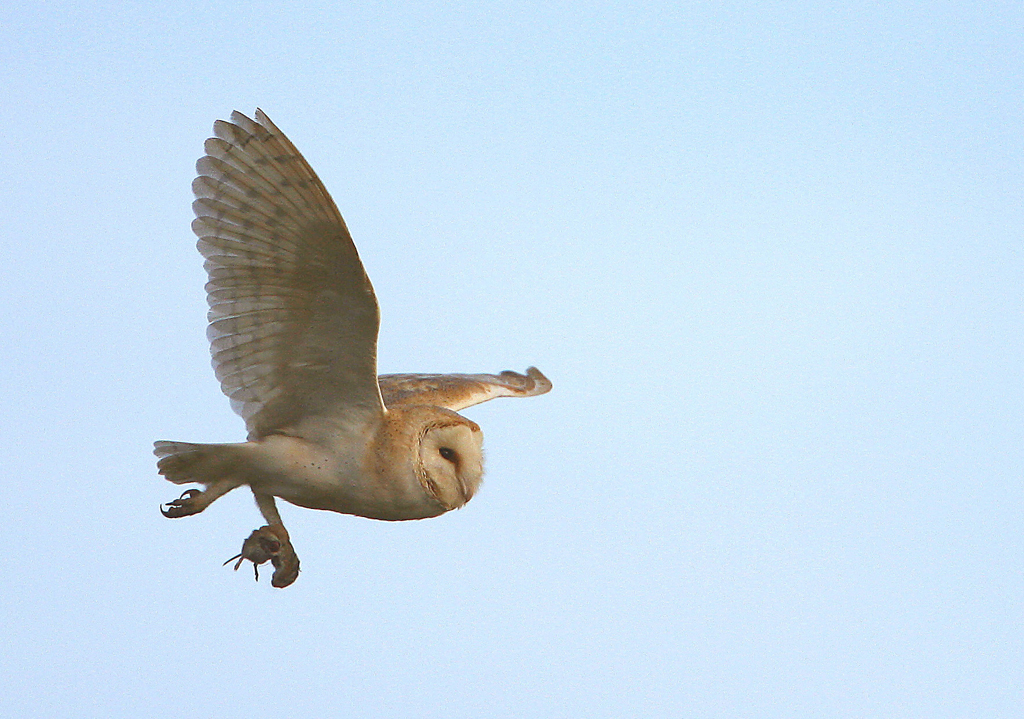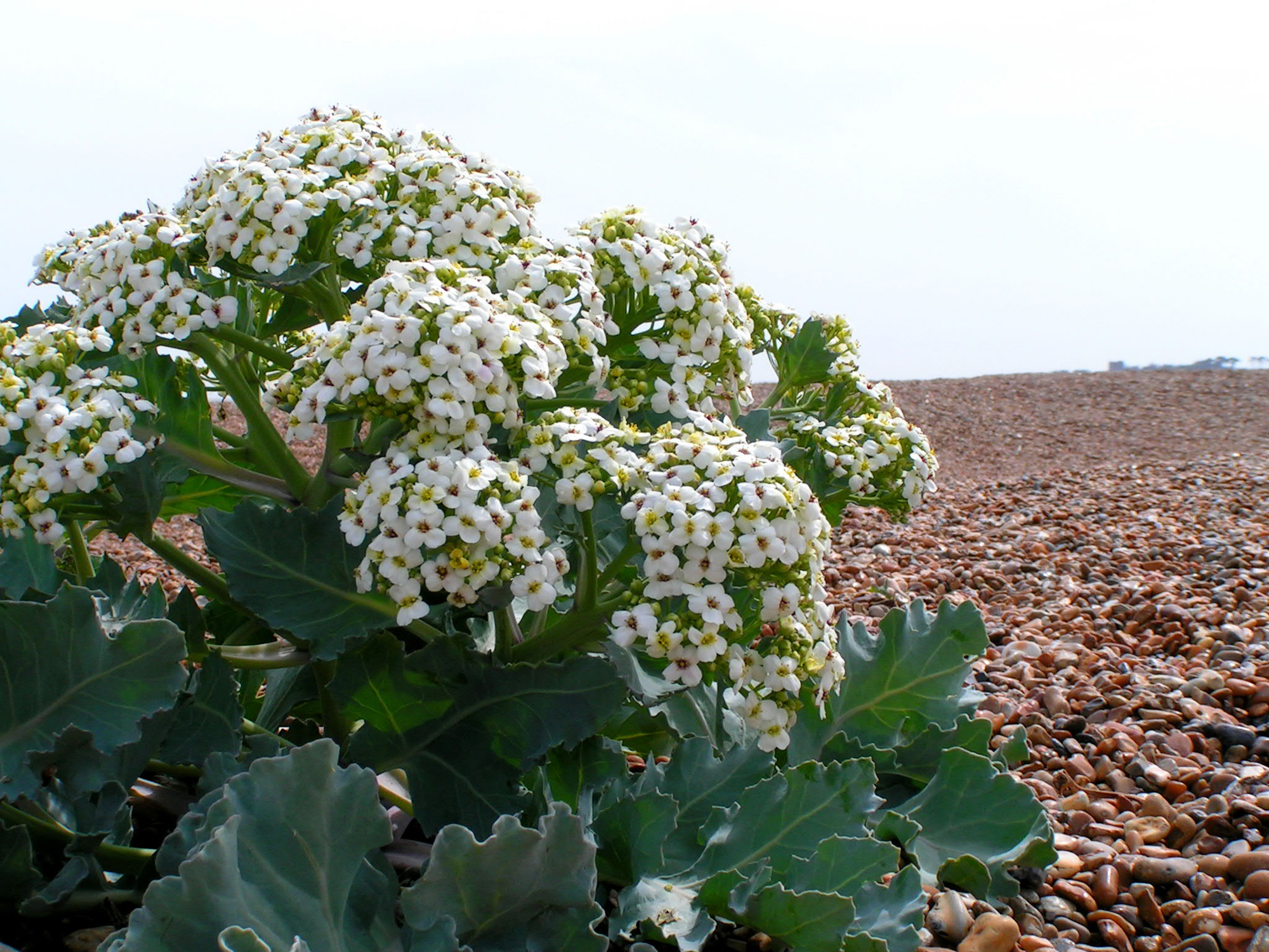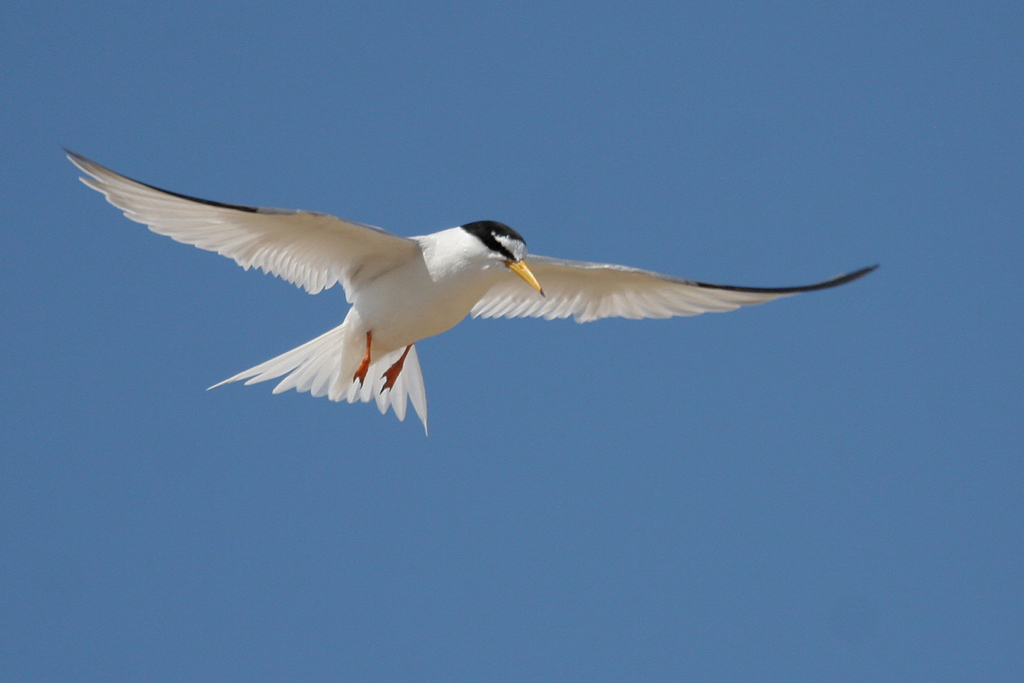Is it a bird, is it a butterfly, is it a drone? What on earth is this exotic creature visiting your garden on a hot summer’s day? It buzzes like a bee, zigzags rapidly from plant to plant, helicopters away and then zooms back again, hovers over flowers like a humming-bird … Ah, there’s the clue – it’s a humming-bird hawkmoth. This super-moth defies all our preconceptions about moths. It is active by day. It can fly fast, with a top speed of 12mph. It migrates here from Europe, just as our summering birds do. It has a proboscis (tongue) an inch long, which it inserts deep into flowers to sample their nectar. And to do this with the necessary surgical accuracy it has to hover, immobile, in front of each bloom by beating its wings at an unimaginable 80 times a second. You then also see its showy colours, with the orange flash on the whirring hindwings transformed into a glowing blur. No wonder the novelist Virginia Woolf described this summer sprite as a creature of ‘tremulous ecstasy’.
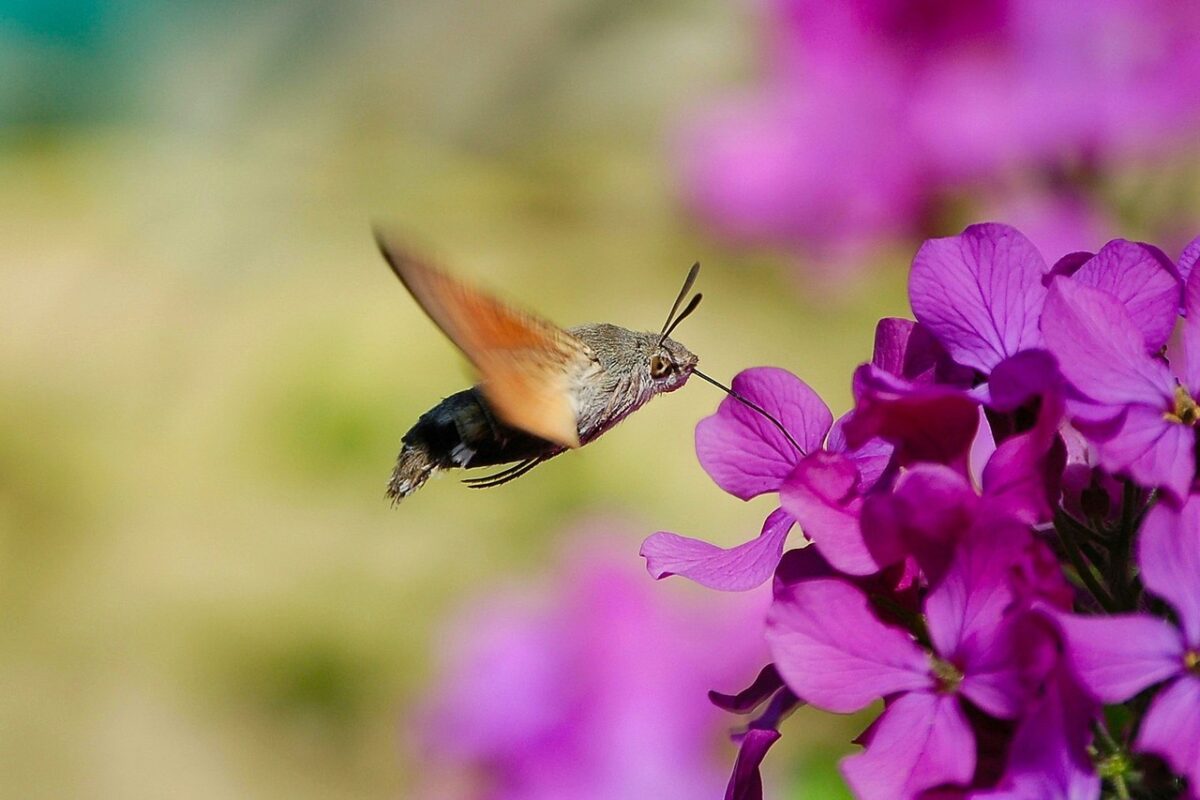
The whole hawkmoth family is very striking. Their caterpillars were thought to resemble the ancient Egyptian sphinx, hence their scientific name Sphingidae. Among these, the hummer, as it affectionately known amongst naturalists, is one of the few moths familiar and recognisable enough to have garnered traditional folk names. Their old country nickname in English was ‘merrylee-dance-a-pole’, while the French called it variously fleuze-bouquet (flower-sniffer’), saint-esprit (‘holy spirit’) and bonne nouvelle (‘good news’). Hummers have in fact long been thought a good luck omen and there is a story one would like to believe that on D-Day, 6 June 1944, a small party of them was seen flying over the Channel from France heading for England. In recent years they have been getting commoner and it is believed that a few of them now overwinter here, to emerge from hibernation in the spring. A very welcome addition to our native wildlife, if so.
The favourite food plant of their caterpillars is lady’s bedstraw, while the adult moths are especially drawn to flowers like lavender, verbena and above all red valerian – all common here. When they find a flower-bed they particularly like they exhibit another remarkable ability known as ‘trap-lining’, after the practice of trappers visiting their line of traps at regular intervals and in a fixed sequence. The hummers return to exactly the same patch of flowers at the same time each day, demonstrating an excellent visual memory for particular colours, routes and locations. Check it out yourself. You may have heard of song-lines and ley-lines – let’s plot our local hum-lines.
Jeremy Mynott
4 May 2023




